Hollyhock festival
A stately procession of Kyotoites and animals re-enacts the delivery of the Emperor's message to two of Kyoto's most important shrines.
In mid-May Kyoto's beloved Aoi Matsuri (hollyhock festival) comes to life. This is the annual festival of Shimogamo and Kamigamo Shrines. Dating back more than 1,000 years, the highlight of the festival is a 700 metre long parade representing the delivery of the Emperor's message to the two shrines. Over 500 Kyotoites take part in the parade wearing traditional Japanese costumes and accompanied by cows and horses all decorated with the hollyhock motif, the city's emblem. The procession leaves the Imperial Palace (where the Emperor used to live until 1869) at 10:30, stopping at Shimogamo Shrine and eventually reaching Kamigamo Shrine at 15:30 where dance performances and horse races take place.
Thousands of people line the streets to watch this, one of Kyoto's top three festivals, so go early to get a good road side spot! Alternatively InsideJapan can arrange reserved seats for you along the procession route so you won't have to fight the crowds for a good view.
When to go: The hollyhock festival takes place on 15th May.
For more information email us: [email protected] or call: + 44 117 244 3380
A quick note about our experiences: Our experiences are designed to be part of a complete, tailor-made travel package and are not available to book individually. This allows us to ensure every detail – from accommodation to transport – is perfectly coordinated for you. If you're interested in one of these experiences, we'd love to help you build a full itinerary around it!
Other Festivals experiences
View more >

Yabusame horseback archery
Witness the incredible martial art of horseback archery as the spirit of the samurai lives on.

Takayama Spring & Autumn Festivals
Takayama comes alive in mid-April and mid-October for their annual festivals.
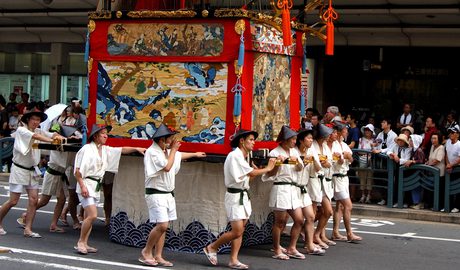
Gion festival
The most famous of all Japan's festivals, the Gion Matsuri dates back to 898.
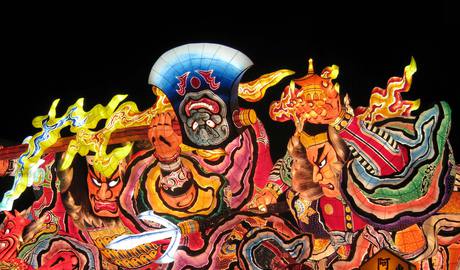
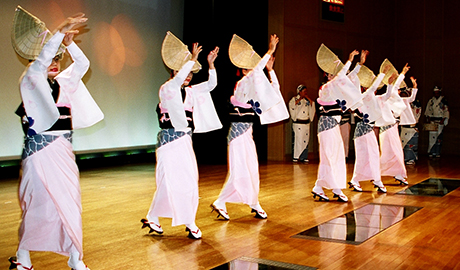
Awa Odori dance festival
Head to Tokushima for the most famous and boisterous of Shikoku's summer dance festivals.
 Australia
Australia
 USA
USA
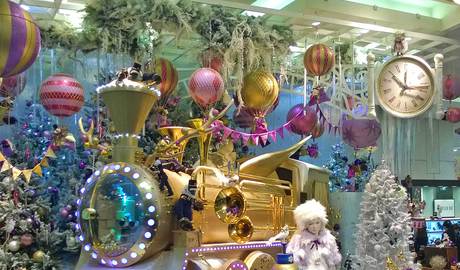
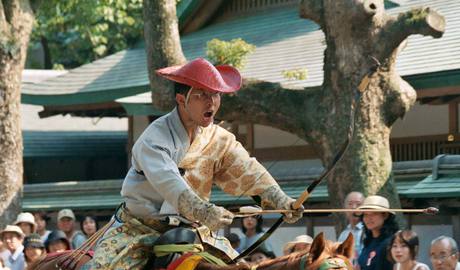
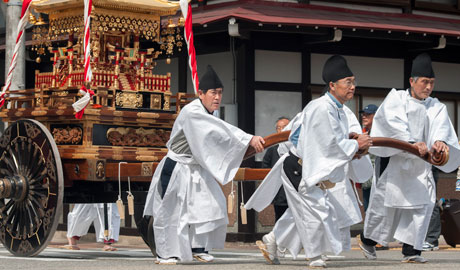
 Inside Japan UK office
Inside Japan UK office Inside Japan US office
Inside Japan US office Inside Japan Australia office
Inside Japan Australia office Inside Japan - Japan office
Inside Japan - Japan office

























